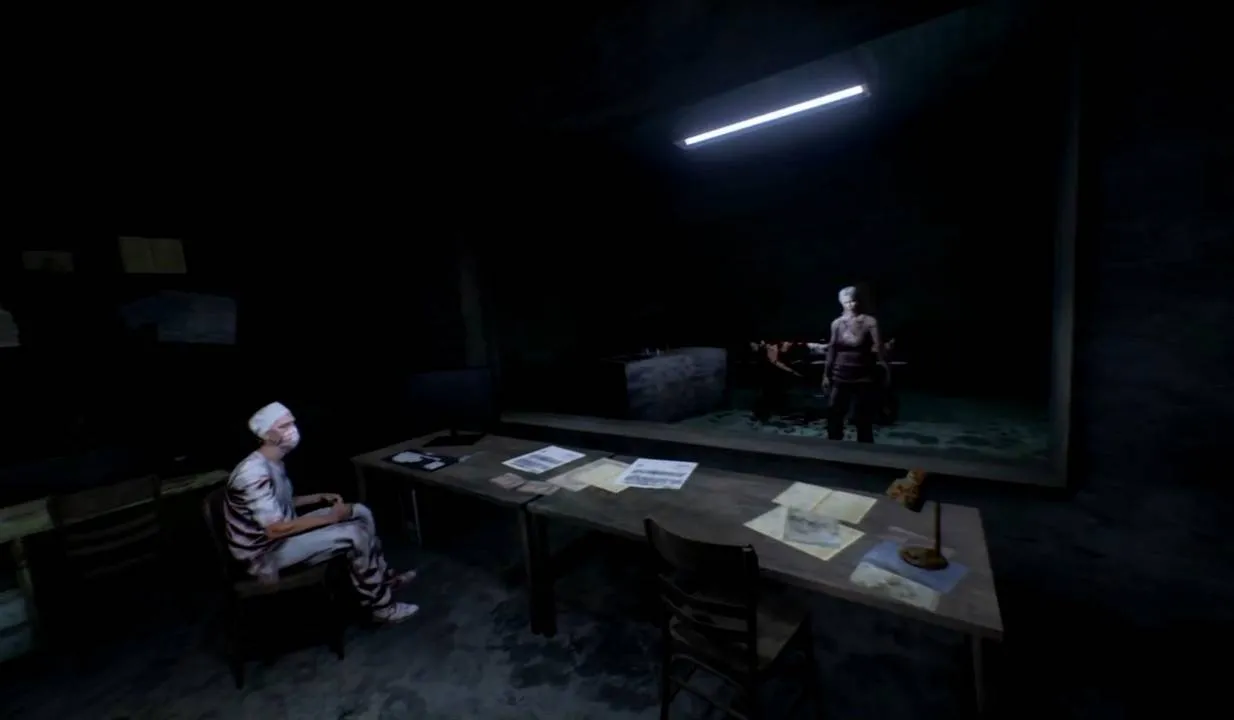
Roots of Insanity: A Derivative Horror Experience
Contents
The survival horror genre thrives on darkness, isolation, and the thrill of the chase. Cronia Games, an indie developer and publisher, attempts to capture this essence with Roots of Insanity. However, instead of delivering a terrifying experience, the game falls flat due to a derivative premise, lackluster execution, and a disappointingly short runtime. This review will delve into the shortcomings that plague Roots of Insanity and the few redeeming qualities it offers.
 Roots Of Insanity – Review
Roots Of Insanity – Review
A Story That Starts Strong, Then Fades
Roots of Insanity places you in the shoes of Riley McClein, a doctor working alongside his father in a hospital beset by strange occurrences following his mother’s death. Riley, suffering from epilepsy, experiences disturbing visions that further blur the lines between reality and nightmare. The premise, while somewhat clichéd, initially holds promise. Players are tasked with unraveling the mystery behind the hospital’s gruesome transformations, navigating through blood-soaked corridors filled with mutated patients and staff.
Unfortunately, the narrative quickly loses its grip. The early intrigue gives way to a predictable and rushed plot filled with cheap jump scares tied to Riley’s epilepsy. The attempts at horror often feel comical rather than terrifying. Riley himself is a poorly developed character, lacking depth and emotional range. His reactions to the escalating horrors around him feel robotic, hindering any potential for player immersion. The brevity of the game, clocking in at roughly an hour, further compounds these issues, leaving little time for any meaningful character or story development.
 Roots Of Insanity – Review
Roots Of Insanity – Review
Gameplay: A Poor Imitation of Outlast
The gameplay of Roots of Insanity feels heavily inspired by Outlast, but without the finesse and tension. Armed with a night-vision camera, players navigate dark environments, searching for items and solving puzzles. However, unlike Outlast‘s focus on vulnerability and stealth, Roots of Insanity introduces a clunky combat system. Players can melee attack, use a gun (which inexplicably shifts the perspective to third-person), or try to evade enemies. The combat feels superfluous, especially given the simplistic AI of the enemies. They exhibit minimal behavior beyond standing in place, waiting to be attacked. This makes the combat more of a tedious chore than a strategic element.
The puzzles are equally underwhelming. The game holds the player’s hand through every step, providing overly detailed instructions that leave little room for critical thinking or exploration. The environments, while dark, are also surprisingly barren, offering minimal interaction and a repetitive aesthetic of dilapidated rooms and scattered gore.
 Roots Of Insanity – Review
Roots Of Insanity – Review
A Few Glimmering Lights in the Darkness
Despite its flaws, Roots of Insanity does possess a few redeeming qualities. The Unreal Engine 4 visuals are generally pleasing, although the overly dark environments and lack of adjustable brightness settings make it difficult to appreciate them fully. The short runtime, while detrimental to the story, can be a plus for players looking for a quick gaming experience.
Conclusion: Proceed with Caution
Roots of Insanity fails to deliver a compelling horror experience. Its derivative gameplay, weak story, and technical shortcomings make it difficult to recommend at full price. While the visuals are decent and the short runtime might appeal to some, the game ultimately feels like a missed opportunity. Players looking for a truly terrifying and engaging survival horror experience are better off exploring other titles in the genre.





Comments (0)